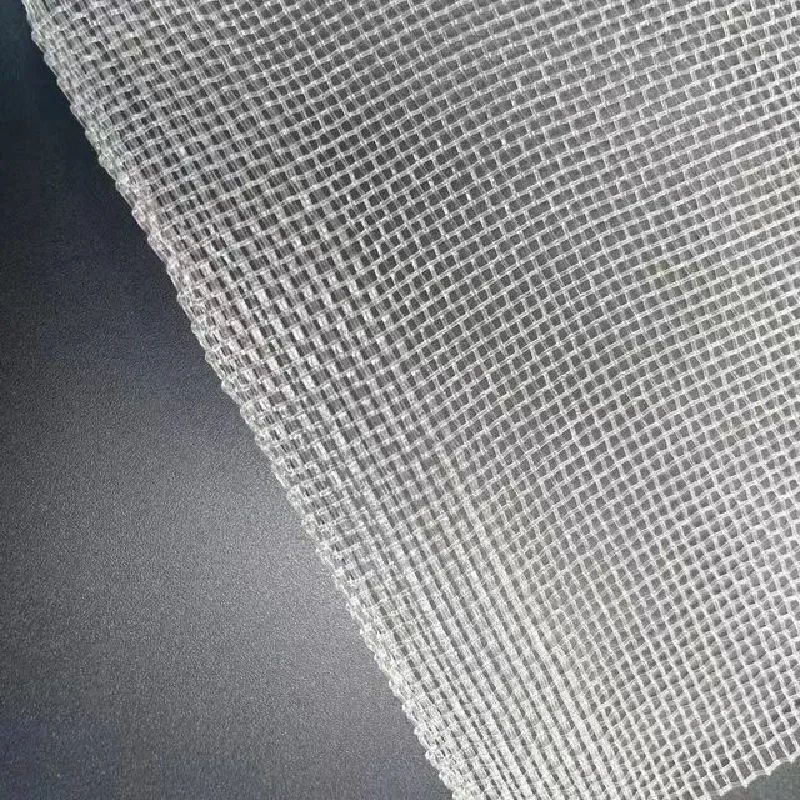-
 Afrikaans
Afrikaans -
 Albanian
Albanian -
 Amharic
Amharic -
 Arabic
Arabic -
 Armenian
Armenian -
 Azerbaijani
Azerbaijani -
 Basque
Basque -
 Belarusian
Belarusian -
 Bengali
Bengali -
 Bosnian
Bosnian -
 Bulgarian
Bulgarian -
 Catalan
Catalan -
 Cebuano
Cebuano -
 China
China -
 Corsican
Corsican -
 Croatian
Croatian -
 Czech
Czech -
 Danish
Danish -
 Dutch
Dutch -
 English
English -
 Esperanto
Esperanto -
 Estonian
Estonian -
 Finnish
Finnish -
 French
French -
 Frisian
Frisian -
 Galician
Galician -
 Georgian
Georgian -
 German
German -
 Greek
Greek -
 Gujarati
Gujarati -
 Haitian Creole
Haitian Creole -
 hausa
hausa -
 hawaiian
hawaiian -
 Hebrew
Hebrew -
 Hindi
Hindi -
 Miao
Miao -
 Hungarian
Hungarian -
 Icelandic
Icelandic -
 igbo
igbo -
 Indonesian
Indonesian -
 irish
irish -
 Italian
Italian -
 Japanese
Japanese -
 Javanese
Javanese -
 Kannada
Kannada -
 kazakh
kazakh -
 Khmer
Khmer -
 Rwandese
Rwandese -
 Korean
Korean -
 Kurdish
Kurdish -
 Kyrgyz
Kyrgyz -
 Lao
Lao -
 Latin
Latin -
 Latvian
Latvian -
 Lithuanian
Lithuanian -
 Luxembourgish
Luxembourgish -
 Macedonian
Macedonian -
 Malgashi
Malgashi -
 Malay
Malay -
 Malayalam
Malayalam -
 Maltese
Maltese -
 Maori
Maori -
 Marathi
Marathi -
 Mongolian
Mongolian -
 Myanmar
Myanmar -
 Nepali
Nepali -
 Norwegian
Norwegian -
 Norwegian
Norwegian -
 Occitan
Occitan -
 Pashto
Pashto -
 Persian
Persian -
 Polish
Polish -
 Portuguese
Portuguese -
 Punjabi
Punjabi -
 Romanian
Romanian -
 Russian
Russian -
 Samoan
Samoan -
 Scottish Gaelic
Scottish Gaelic -
 Serbian
Serbian -
 Sesotho
Sesotho -
 Shona
Shona -
 Sindhi
Sindhi -
 Sinhala
Sinhala -
 Slovak
Slovak -
 Slovenian
Slovenian -
 Somali
Somali -
 Spanish
Spanish -
 Sundanese
Sundanese -
 Swahili
Swahili -
 Swedish
Swedish -
 Tagalog
Tagalog -
 Tajik
Tajik -
 Tamil
Tamil -
 Tatar
Tatar -
 Telugu
Telugu -
 Thai
Thai -
 Turkish
Turkish -
 Turkmen
Turkmen -
 Ukrainian
Ukrainian -
 Urdu
Urdu -
 Uighur
Uighur -
 Uzbek
Uzbek -
 Vietnamese
Vietnamese -
 Welsh
Welsh -
 Bantu
Bantu -
 Yiddish
Yiddish -
 Yoruba
Yoruba -
 Zulu
Zulu
High-Quality Stainless Steel Mesh Screen for Versatile Filtration and Separation Applications
Understanding Fine Stainless Steel Mesh Screens
Fine stainless steel mesh screens are essential components in various industries, where they serve a range of purposes, including filtration, separation, and screen printing. The versatility and durability of stainless steel make it an ideal material for producing high-quality mesh screens that can withstand harsh working conditions while maintaining their structural integrity.
Composition and Characteristics
Stainless steel mesh screens are typically made from steel alloys that contain a minimum of 10.5% chromium, which provides resistance to corrosion and oxidation. Common grades of stainless steel used in mesh production include 304 and 316. Grade 304 is known for its excellent corrosion resistance and formability, making it suitable for general applications. In contrast, grade 316 includes molybdenum, enhancing its resistance to chloride environments, making it ideal for marine applications or areas exposed to aggressive chemicals.
The fineness of the mesh is determined by the size of the openings and the diameter of the wire used in the weave. Mesh screens can range from very fine to coarse, with finer meshes typically used for filtering small particles or contaminants from liquids and gases. The combination of high strength, durability, and resistance to wear makes stainless steel mesh screens an invaluable material in manufacturing and engineering.
Applications
Fine stainless steel mesh screens find applications across numerous industries
1. Filtration In the food and beverage industry, stainless steel mesh screens are utilized for filtering liquids, ensuring that impurities are removed while allowing the essential components to pass through. In water treatment facilities, these screens help trap sediments and larger particles, providing cleaner water for consumption and distribution.
2. Pharmaceuticals The pharmaceutical industry relies on fine stainless steel mesh screens for filtering and separating products, ensuring that medicines are free from contaminants. The non-reactive nature of stainless steel ensures that the material does not interfere with sensitive compounds, thereby maintaining product integrity.
fine stainless steel mesh screen

3. Oil and Gas In oil and gas applications, stainless steel mesh screens are used to separate solids from liquids and gases during extraction and processing. Their corrosion resistance is critical in these environments, where exposure to harsh chemicals and high temperatures is commonplace.
4. Automotive and Aerospace In the automotive and aerospace industries, these mesh screens are crucial for filtration systems and components requiring precise dimensions and high strength. Stainless steel's lightweight yet robust properties contribute to the overall efficiency and safety of vehicles and aircraft.
5. Construction and Architecture Fine stainless steel mesh screens are also used in architectural applications, providing an aesthetic appeal while ensuring functionality. They can be seen in facades, railings, and as part of security systems, providing both privacy and visibility.
Advantages of Fine Stainless Steel Mesh Screens
One of the primary advantages of fine stainless steel mesh screens is their long lifespan. Unlike plastic or other materials that may degrade, stainless steel maintains its integrity under various environmental conditions. Furthermore, they are easy to clean and can be reused multiple times, which makes them an environmentally friendly option.
Additionally, their ability to be fabricated into various shapes and sizes allows manufacturers to customize mesh screens for specific applications, further enhancing their utility across different fields.
Conclusion
Fine stainless steel mesh screens represent a fusion of durability, versatility, and practicality, making them indispensable in several industries. Their ability to perform under pressure, resist corrosion, and offer effective filtration ensures they remain a go-to choice for professionals seeking reliable solutions. As industries continue to evolve, the role of fine stainless steel mesh screens will undoubtedly expand, underscoring the importance of this fundamental component in modern applications.
-
Shipping Plastic Bags for Every NeedNewsJul.24,2025
-
Safety Netting: Your Shield in ConstructionNewsJul.24,2025
-
Plastic Mesh Netting for Everyday UseNewsJul.24,2025
-
Nylon Netting for Every UseNewsJul.24,2025
-
Mesh Breeder Box for Fish TanksNewsJul.24,2025
-
Expanded Steel Mesh Offers Durable VersatilityNewsJul.24,2025











